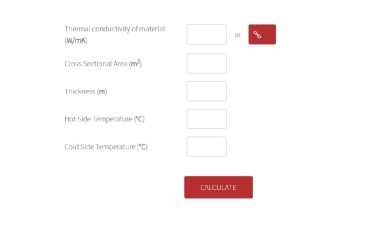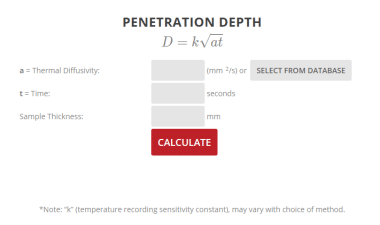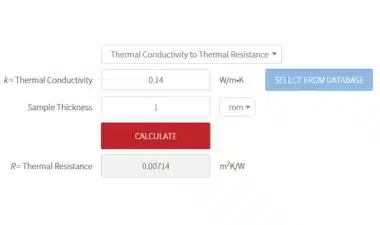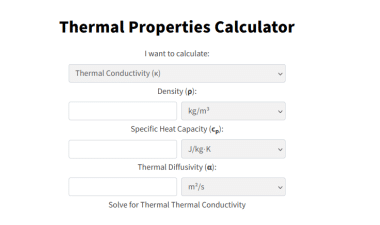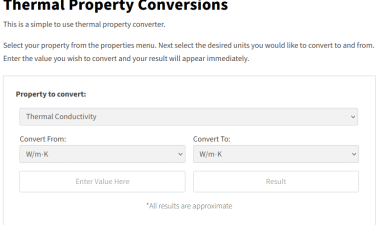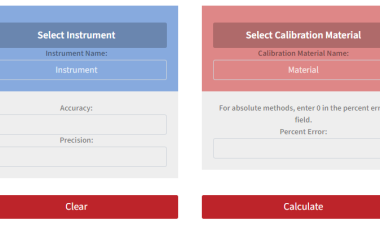Using the Heat Penetration Calculator, one can easily determine the distance at which heat from any heat source, like a thermal conductivity sensor, dissipates into a sample. Calculating the penetration of a heat signal from sensor, is key to understanding how much of your sample is included in your measured thermal conductivity result. For “true” thermal conductivity, heat penetration should be maximized.

To calculate how much time is required for heat to dissipate into your sample, enter your sample’s thermal diffusivity or select a similar material from our 1000+ material database.
Penetration Depth

| Sample Thickness: | mm | ||
| a = Thermal Diffusivity: | (mm 2/s) | or | |
| t = Time: | seconds | or | |
|
|
|||
| D = Penetration Depth: | mm | ||
| % of Sample Penetration Depth: | % |
*Note: “k” (temperature recording sensitivity constant), may vary with choice of method.
Penetration Illustration
References:
- ISO (2008). ISO 22007-2 Plastics — Determination of thermal conductivity and thermal diffusivity — Part 2: Transient plane heat source (hot disc) method.
- Faghri, A., Zhang, Y., and Howell, J. R., 2010, Advanced Heat and Mass Transfer, Global Digital Press, Columbia, MO.
- Shahi, M., Kok, J. B. W., Casado, J. C. R., and Pozarlik, A. K. 2014. Study of unsteady heat transfer as a hey parameter to characterize limit cycle of high amplitude pressure oscillations. Proceedings of ASME Turbo Expo 2014: Turbine Technical Conference and Exposition GT2014.
- Faghri, A., and Zhang, Y. (2006). Transport phenomena in multiphase systems. Academic Press.
點擊此處閱讀免責聲明
Thermtest“按原樣”提供此商品。 Thermtest 不對商品提供任何明示、暗示或法定的保證,包括但不限於對適銷性或特定用途適用性的任何保證,或對商品內容無錯誤的任何保證 。 在任何方面,Thermtest 均不對任何損害承擔任何責任,包括但不限於因使用該產品而引起、導致或以任何方式與該產品相關的直接、間接、特殊或後果性損害,無論是否基於 保證、合同、侵權行為或其他; 是否造成人員、財產或其他方面的傷害; 損失是否是由該項目或 Thermtest 可能提供的任何服務的結果造成或引起的。

